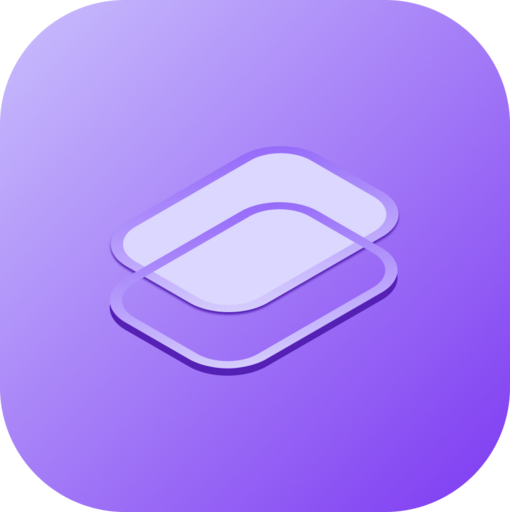Crafting a Winning Cover Letter: How to Sell Yourself with Confidence

Crafting the perfect cover letter is an art. It's your chance to shine, to sell yourself to potential employers, and to make a lasting first impression. But how do you strike the right balance between confidence and humility, detail and brevity? Here’s your guide to mastering the art of self-promotion in your cover letter.
1. Start with a Strong Opening
Hook Your Reader Immediately
The first few sentences of your cover letter are crucial. You need to grab the reader's attention right away. Start with a compelling hook that makes them want to read more.
Example Opening Lines:
- “As a digital marketing specialist with a track record of boosting online engagement by 150%, I am excited to bring my expertise to your dynamic team.”
- “With a passion for innovative design and a knack for creative problem-solving, I am thrilled to apply for the Graphic Designer position at [Company Name].”
2. Tailor Your Cover Letter to the Job
Customize for Maximum Impact
Generic cover letters are a big no-no. Tailoring your cover letter to the specific job and company shows that you’ve done your homework and are genuinely interested in the role.
Tips for Customization:
- Mention the company’s name and the specific position you’re applying for.
- Highlight aspects of the company that you admire and explain why they resonate with you.
- Align your skills and experiences with the job description.
3. Highlight Your Achievements
Showcase Your Successes
Instead of merely listing your duties from previous jobs, focus on your accomplishments. Quantifiable achievements are particularly compelling.
Achievement-Focused Phrases:
- “Increased sales by 30% within the first quarter.”
- “Led a team to develop a new software feature that reduced customer service calls by 20%.”
4. Demonstrate Your Skills
Skills That Sell
Identify the key skills required for the job and provide concrete examples of how you’ve demonstrated those skills in the past.
Skill Demonstration Example:
- If the job requires strong project management skills: “Successfully managed a cross-functional team of 10 to complete a major project two weeks ahead of schedule and under budget.”
5. Explain Why You’re a Good Fit
Match Made in Career Heaven
Clearly articulate why you’re the perfect candidate for the job. This is your chance to connect the dots between your background and the job requirements.
Fit Explanation Example:
- “With my background in customer service and my passion for technology, I am confident that I can provide a unique perspective and contribute significantly to your customer success team.”
6. Use a Professional Tone with a Personal Touch
Balance Professionalism with Personality
While it’s important to maintain a professional tone, don’t be afraid to let your personality shine through. Employers want to hire someone who is not only skilled but also a good cultural fit.
Example of Balanced Tone:
- “I am particularly excited about the opportunity to work at [Company Name] because of your commitment to innovation and sustainability. As someone who thrives in creative environments and is passionate about eco-friendly solutions, I believe I would be a valuable addition to your team.”
7. End with a Strong Closing
Seal the Deal
Your closing should be as strong as your opening. Reiterate your enthusiasm for the role and include a call to action.
Example Closing Statements:
- “I am excited about the opportunity to bring my unique skills to [Company Name] and am eager to discuss how I can contribute to your team. Thank you for considering my application.”
- “I look forward to the possibility of discussing this exciting opportunity with you. Thank you for your time and consideration.”
8. Proofread and Perfect
Error-Free is the Way to Be
Nothing undermines your credibility more than a typo or grammatical error. Proofread your cover letter multiple times, and consider asking a friend or mentor to review it as well.
Proofreading Tips:
- Read your cover letter out loud to catch any awkward phrasing or errors.
- Use tools like Grammarly or Hemingway to help identify mistakes.

